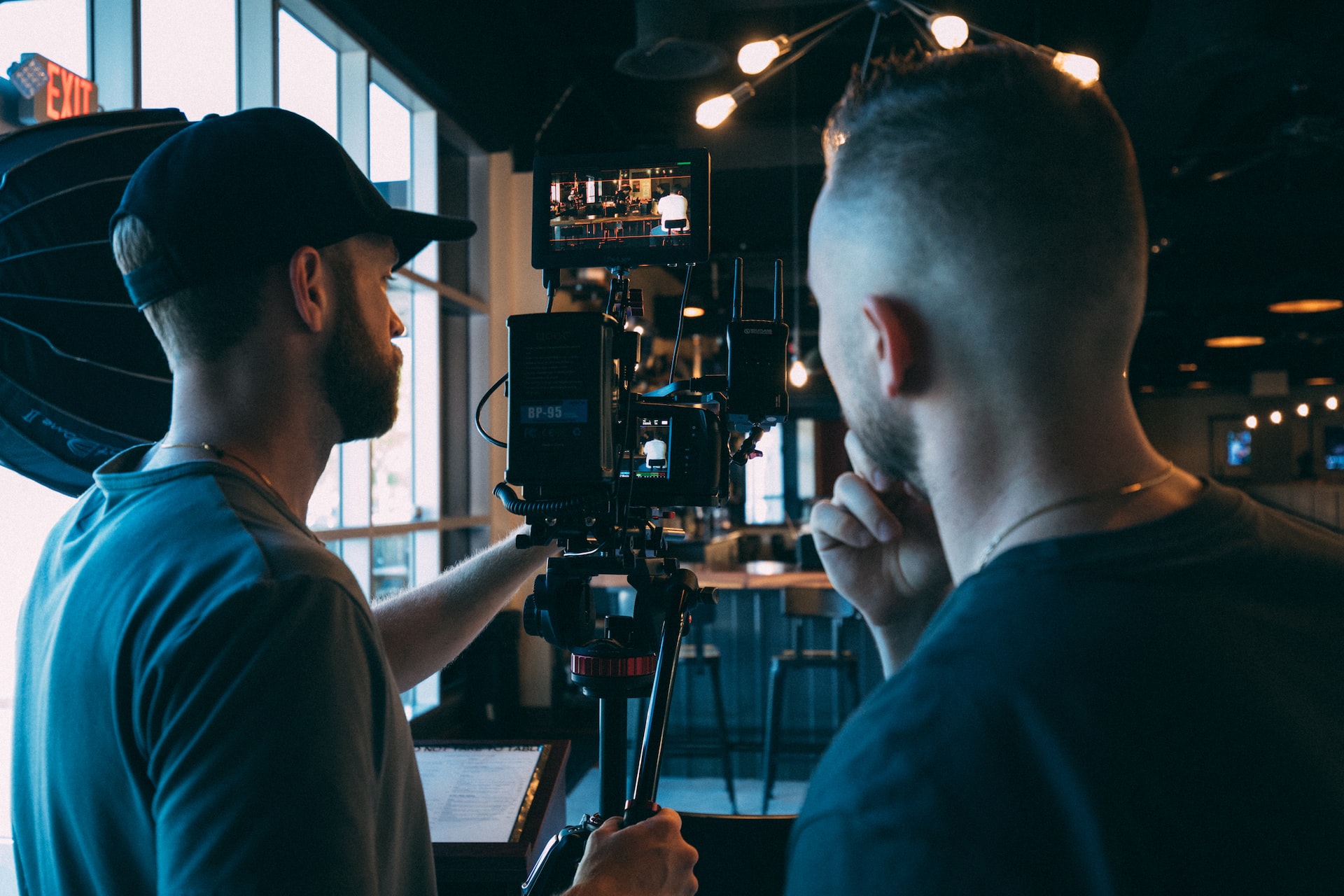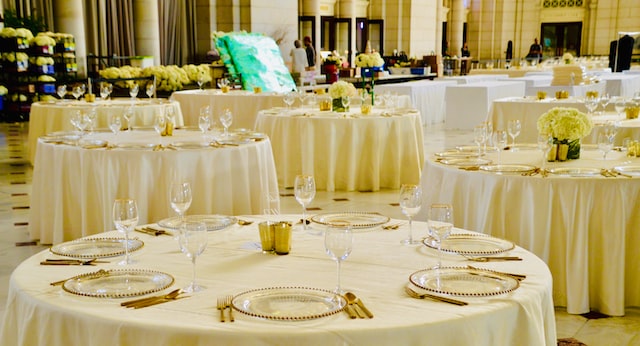The art of capturing a moment goes beyond static frames. Camera movement adds a layer of magic to your shots, transforming them from mundane to mesmerizing. Whether you’re a filmmaker, photographer, or an enthusiast looking to enhance your visual storytelling, understanding and mastering various camera movement techniques can take your work to the next level.
1. The Power of the Pan
One of the most basic yet effective camera movements is the pan. By smoothly rotating the camera horizontally from a fixed position, you can capture sweeping landscapes or follow a subject’s movement. The pan allows you to establish context and create a sense of continuity in your shots, making it a versatile tool in your cinematographic arsenal.
2. Captivating Tilts
Tilting the camera vertically introduces a dynamic element to your composition. This movement is ideal for revealing vertical elements in a scene, such as towering architecture or a cascading waterfall. A well-executed tilt can add drama and depth, drawing your audience into the frame and providing a fresh perspective on your subject.
3. Zooming for Emphasis
While technically not a camera movement, zooming can be a powerful technique when used thoughtfully. Zooming in or out allows you to emphasize or de-emphasize certain elements within your frame, creating a visual impact that guides the viewer’s focus. This technique is particularly effective for conveying emotions or highlighting critical details in your narrative.
4. Dolly Shots
For a more immersive experience, consider incorporating dolly shots into your repertoire. By physically moving the camera towards or away from your subject, you can add a sense of depth and intimacy to your scenes. Dolly shots are commonly used in tracking shots, where the camera moves parallel to the subject, maintaining a consistent distance and perspective.
5. Cinematic Crane Movements
To achieve breathtaking aerial views or dynamic overhead shots, invest in a crane or jib. These tools allow you to smoothly raise or lower the camera, providing a unique perspective that can elevate the visual impact of your footage. Crane movements are particularly effective for grand establishing shots or capturing expansive landscapes from a bird’s-eye view.
6. Dynamic Tracking Shots
Enhance the energy and flow of your narrative with tracking shots. By physically following your subject’s movement, you create a sense of connection between the audience and the on-screen action. Whether on foot, on a vehicle, or even on a drone, tracking shots add a layer of excitement and engagement that static shots often lack.
7. Whip Pans for Transitions
Whip pans are swift, horizontal camera movements that can be used for seamless transitions between scenes. This technique adds a touch of flair to your storytelling, creating a dynamic link between two shots. When executed with precision, whip pans can inject energy into your narrative, leaving a lasting impression on your audience.
Conclusion
In the world of visual storytelling, camera movement is the secret ingredient that can turn a good shot into an unforgettable one. Experiment with these dynamic techniques, and don’t be afraid to combine them to suit your creative vision. Whether you’re capturing the vastness of a landscape, the intimacy of a conversation, or the thrill of an action sequence, mastering camera movement magic will undoubtedly take your photography or filmmaking to new heights. So, grab your camera, explore these techniques, and let the magic unfold in your shots.



